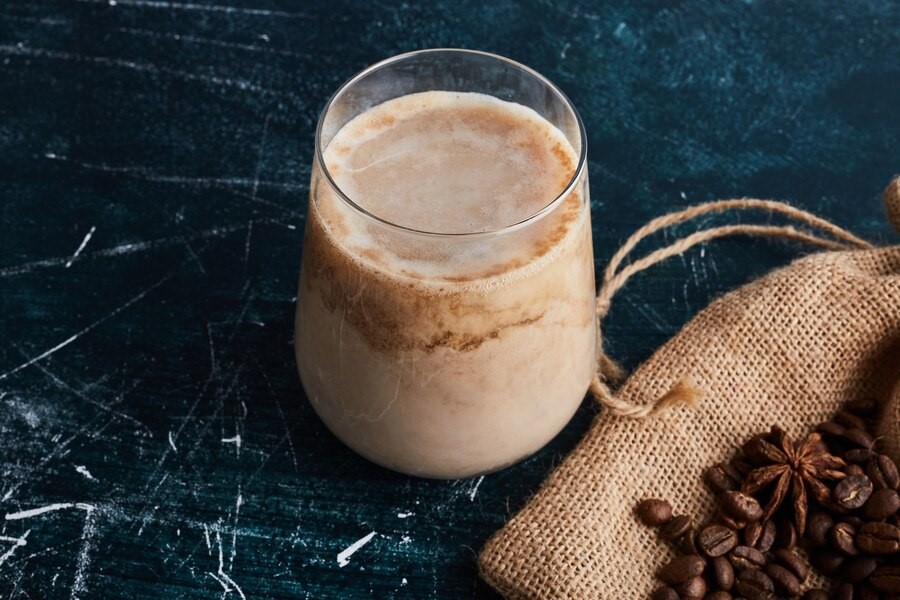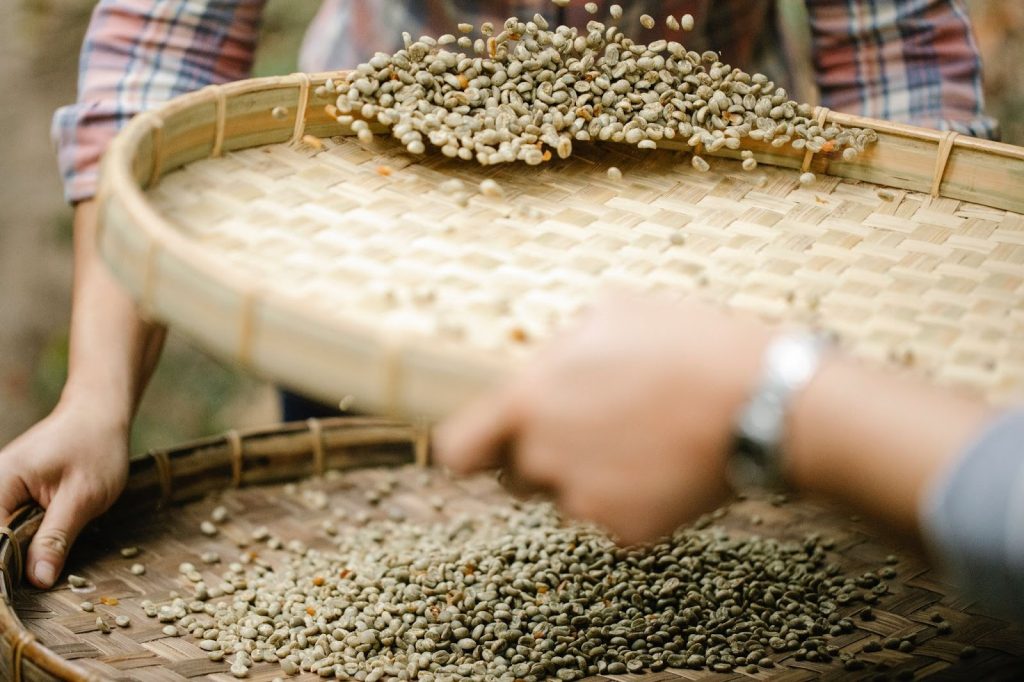What is kawa daun coffee? Perhaps not many people are familiar with this drink, as it is not as well-known as regular coffee. The coffee plant can be utilized as a whole, not only the seeds, but also the leaves, namely kawa leaves.
The culture of brewing kawa daun coffee is common in West Sumatra, where people consume a drink similar to tea. Let’s get to know more about Kawa Daun or what the locals call Aia Kawa.
What is Kawa Daun?
The name Kawa Daun by the people of West Sumatra is an adaptation of the Arabic word “Qahwah”. The word means coffee. Until now, people still use that term.
The people of West Sumatra have enjoyed Kopi Kawa for generations, especially in various layers of Minangkabau society. This drink is usually served in a coconut shell glass called sayak in Minang language. Then, the glass is given a placemat made of bamboo.
The culture of drinking kawa coffee has existed even before the Dutch colonial period. People drank it when holding traditional ceremonies. Interestingly, this culture still exists today. Urang Minang usually enjoy it along with other typical Minang food.
History and Origin of Kawa Coffee
The spread of coffee in West Sumatra before the Europeans was through Arab traders who stopped in the city. This also influenced the Minangkabau people to call coffee “kawa” which comes from the Arabic “Qahwah”.
The name follows the dialect of the surrounding community of kawa leaves or aia kawa. The habit of brewing these leaves was apparently also adopted from Arab traders who liked to boil spices and leaves.
Eventually, people came to understand that enjoying coffee leaves like tea can provide more benefits than the seeds. According to them, consuming a decoction of coffee leaves can increase stamina and even refresh the body.
For the Minang people, coffee leaves are more important than the coffee fruit itself. This led to the emergence of the Malay term Daun Kopi by the Dutch. This nickname is also a taunt from them because according to the Dutch, coffee beans are more valuable than the leaves.
The people enjoyed the coffee leaves themselves, while the coffee beans were given to the Dutch. The coffee commodity is very marketable in the world market, which is why the Dutch finally implemented forced coffee cultivation in the West Sumatra region after the success in Java.
In addition, the topography of West Sumatra, which is surrounded by hills and good natural conditions, made the Dutch even more confident in implementing the system that had been successful in Java.
However, over time, people realized that the Dutch were taking advantage of them. The coffee commodity is highly valued in Europe, so the profits generated are quite high.
Meanwhile, the Dutch policy required the community to sell all their crops to the VOC without leaving any coffee beans. This is also the reason why people cannot enjoy coffee beans, but only coffee leaves. Fortunately, they have been accustomed to enjoying the coffee leaf stew for a long time.
When the price of coffee became higher, the Minangkabau people planted more coffee. However, they cleverly only sold part of the harvest to the Dutch coffee warehouse. Meanwhile, the other part was sold to other parties on the east coast of Sumatra.
The eastern coastal region of Sumatra was then an open port for the international market. The people understood that the price of coffee on the east coast was much higher than the price from the VOC.
Unlike in Java, forced cultivation in the region was eventually abolished. Even so, the culture of drinking brewed coffee leaves still continues to this day.
How to Make Kawa Daun Coffee?
Making kawa coffee leaves is fairly easy, some use young leaves like picking green tea. There are also those who use almost fallen coffee leaves which are marked with a yellowish color.
After picking, the collected leaves must be dried in the sun for 1 hour. Only then are the leaves dried again on a stove. According to the community, the two-stage drying can produce a more distinct flavor.
The second drying allows the kawa leaves to be stored for a long time, similar to dried tea leaves. Then, the leaves are brewed and enjoyed in a shell container that should be drunk in one gulp. Some people add cinnamon for flavor and milk on the side.
Until now, the culture of drinking this type of coffee is part of the people of West Sumatra which continues to be preserved. People use this drink as a means of communication that strengthens friendship between people. (*)
Read the most comprehensive coffee articles on KopiKita and find out everything you need to know about the world of coffee, from the types of beans to how to brew them.
Reference:
- Nusantara Institute. Kawa Daun, a Unique Ancestral Tradition of Enjoying Coffee. Accessed on January 22, 2024. https://www.nusantarainstitute.com/kawa-daun-tradisi-unik-leluhur-menikmati-kopi/
- Otten Coffee. What is Kawa Daun? Accessed on January 22, 2024. https://ottencoffee.co.id/majalah/apa-itu-kawa-daun
- Otten Coffee. Not Only Coffee Beans Coffee Leaves Are Also Rich in Benefits. Accessed on January 22, 2024. https://ottencoffee.co.id/majalah/tak-hanya-biji-kopi-daun-kopi-juga-kaya-manfaat
- Gordi. A Cup of Kawa Daun Coffee Leaves a Story. Accessed on January 22, 2024. https://www.gordi.id/blogs/updates/secangkir-kopi-kawa-daun-meninggalkan-kisah









